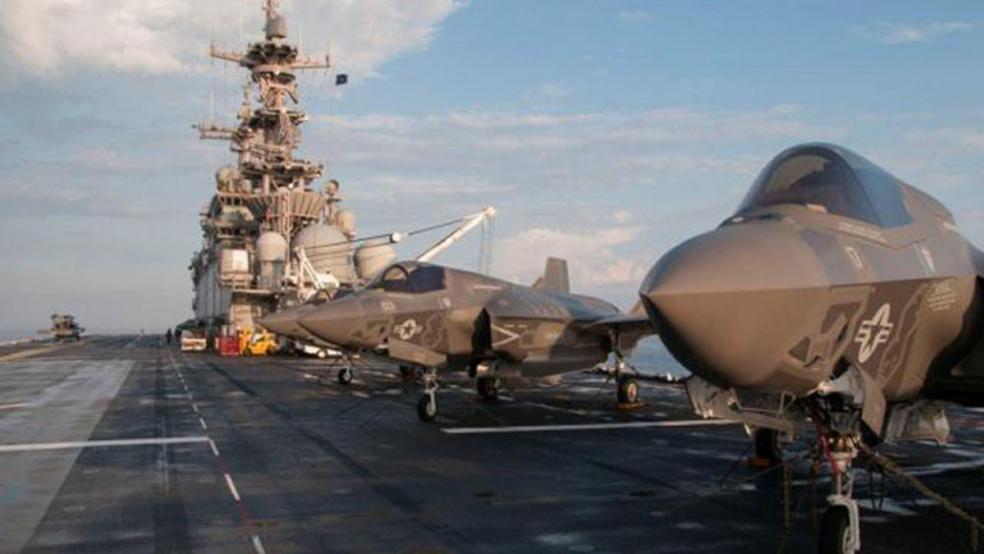The U.S. may be stuck with the $1 trillion F-35 Joint Strike Fighter, but that doesn’t mean the most expensive weapon in the country’s history will keep doing business as usual over the warplane’s decades-long lifetime.
The Senate Armed Services Committee on Thursday unveiled legislation that would shutter the next-generation aircraft’s joint program office, the clearinghouse responsible for overseeing the nearly $400 billion effort for the Air Force, Navy and Marine Corps.
Related: F-35 Nears Production, but It’s Still Having Trouble Booting Up
The provision, tucked into the panel’s $602 billion defense authorization bill, would eliminate the F-35 office once the fighter jet enters “full rate” production in 2019. Responsibility for the program would be kicked over to the three military services.
“Despite aspirations for a joint aircraft, the F-35A, F-35B, and F-35C are essentially three distinct aircraft, with significantly different missions and capability requirements,” according to a summary of the mammoth bill, which sets policies and spending levels for all Defense Department programs and efforts. “Devolving this program to the services will help ensure the proper alignment of responsibility and accountability the F-35 program needs and has too often lacked.”
Armed Services chairman John McCain (R-AZ) has been one of the F-35’s chief critics for years.
Last month he said the program “has been both a scandal and a tragedy with respect to cost, schedule and performance."
Related: Top Gun? The A-10 and the F-35 Will Finally Face Off
The proposed bill, which the committee approved in a 23-3 vote, also extends a prohibition that would keep the Air Force from retiring the A-10 Thunderbolt II attack jet until the F-35 completes a required testing period and a comparison test where the two will face-off to determine which platform best carries out close-air-support.
The House version of the policy roadmap contained a similar provision, meaning the caveat will likely make it into the final, conferenced version of the bill.
If the proposal to break up the joint program office makes it into the final legislation, and is signed into law by President Obama, it would likely signal the death knell for U.S. attempts at a shared fighter jet effort.
Related: Why the US Should Stop Building Joint Fighters
Last month Air Force Lt. Gen. Christopher Bogdan, the chief of the F-35 hub that could be on the chopping block, suggested the U.S. might want to avoid a joint venture as it considers starting a sixth-generation fighter program.
“I’m not saying they’re bad. I’m not saying they’re good. I’m just saying they’re hard,” he said. “You ought to think really hard about what you really need out of the sixth-generation fighter and how much overlap is there between what the Navy and the Air Force really need.”





